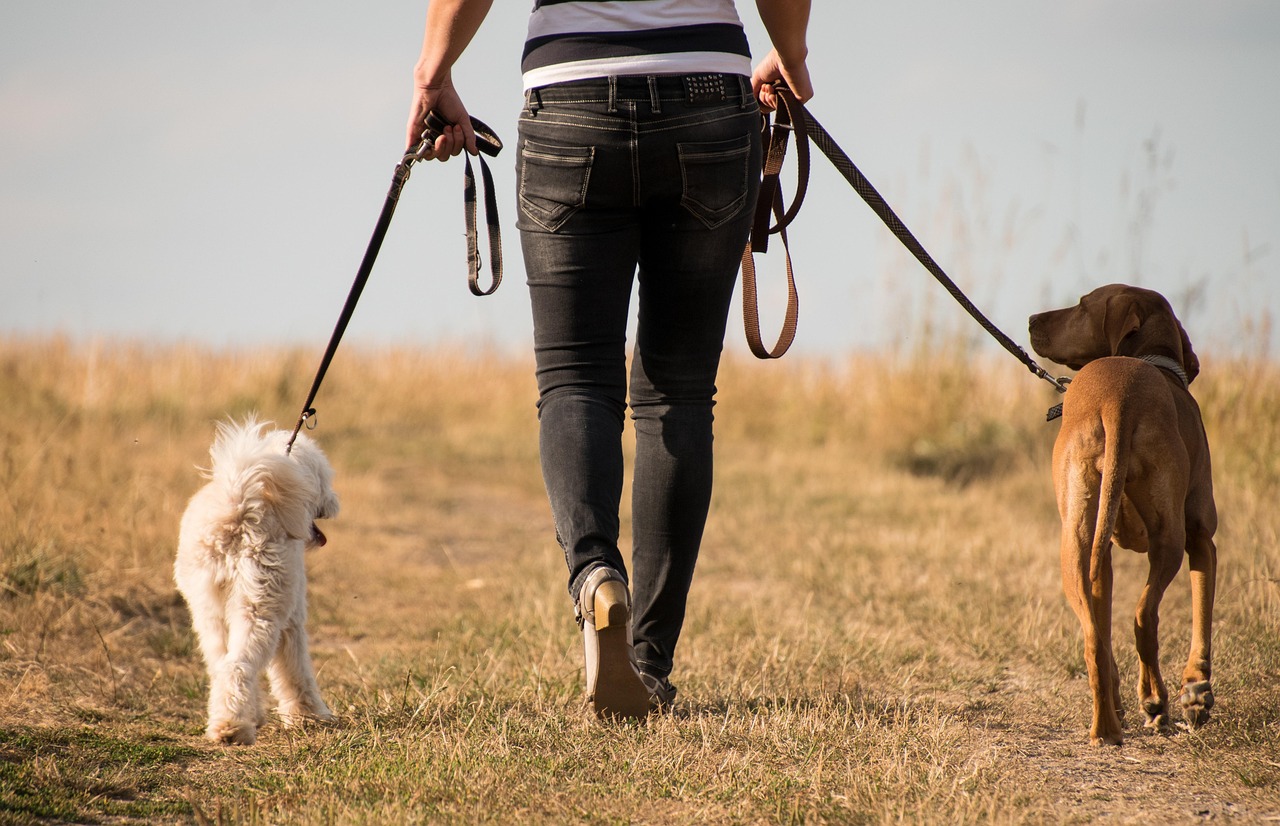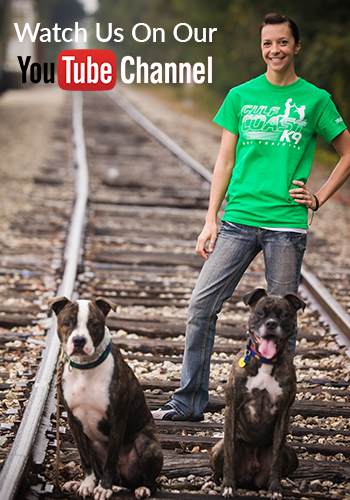Walking two dogs at once can be a fun bonding experience, but it can quickly become a challenge when your pups have drastically different energy levels. One dog may want to sprint ahead while the other is content to sniff every tree or stroll slowly by your side. Managing this mismatch in enthusiasm doesn’t mean you have to walk them separately, though that can be a temporary solution. With a few smart strategies and the right gear, you can keep both dogs safe, happy, and well-exercised on the same walk.

Here are some practical tips to walk two dogs with different energy levels successfully:
- Use the Right Leashes and Gear: Start by investing in gear that gives you more control. A double-dog leash coupler might seem like a time-saver, but it can be frustrating when the dogs move at different speeds. Instead, use two separate leashes—preferably with comfortable handles and good grip. Leashes of different lengths can also help manage pacing—a longer leash for the slower dog and a shorter one for the high-energy companion. You may also consider different types of harnesses based on each dog’s behavior:
- A front-clip harness for the more energetic dog to discourage pulling
- A standard harness or collar for the calmer pup
- Start with Individual Exercise (If Possible): If one dog has significantly more energy, give them a head start before your joint walk. A quick game of fetch, a few minutes of tug, or a brisk walk around the block can help take the edge off. That way, your more energetic dog will be slightly more settled by the time both dogs walk together, making it easier for everyone to maintain a manageable pace.
- Use Strategic Positioning: Try walking the calmer dog on your dominant side (the side you have more control with), and place the energetic dog on the opposite side. This setup helps you manage any sudden pulls and maintain a better balance. You can also use your body as a buffer to slow down or redirect the faster dog if needed. Keep a consistent walking order as much as possible—this helps both dogs understand their position and role during the walk.
- Practice Obedience on the Move: Train both dogs to understand basic commands like “heel,” “wait,” “slow,” and “let’s go.” Even if one dog knows them and the other doesn’t, reinforce these commands during the walk. This builds consistency and helps you keep both dogs focused. Treats or clicker training can reinforce calm behavior, especially in the higher-energy dog.
- Choose Routes That Work for Both Dogs: Try alternating between routes or switching up terrain to cater to both dogs’ needs. For example, you can start briskly to satisfy the energetic dog’s need for movement; then slow down and allow more sniffing time later for the mellow pup. If you live near a park or open area, consider letting the energetic dog run off-leash (where safe and legal) or use a long lead while the slower dog stays nearby.
- Be Patient and Flexible: No two walks will be exactly the same. Some days, your energetic dog may be more manageable, and your slower dog might want to move faster. Adapt as needed and keep your expectations realistic. And if managing both dogs at once ever becomes too much, there’s no harm in doing separate walks a few times a week to ensure both dogs get what they need.
Walking two dogs of different energy levels takes some planning, but it’s well worth it. Over time, your dogs will adjust to the rhythm, and you might just find yourself enjoying the challenge!
If you are having trouble with obedience or training, there’s no shame in asking for professional help! Gulf Coast K9 Dog Training has a world-class facility in Bradenton -we’d love to meet you and your dog.




